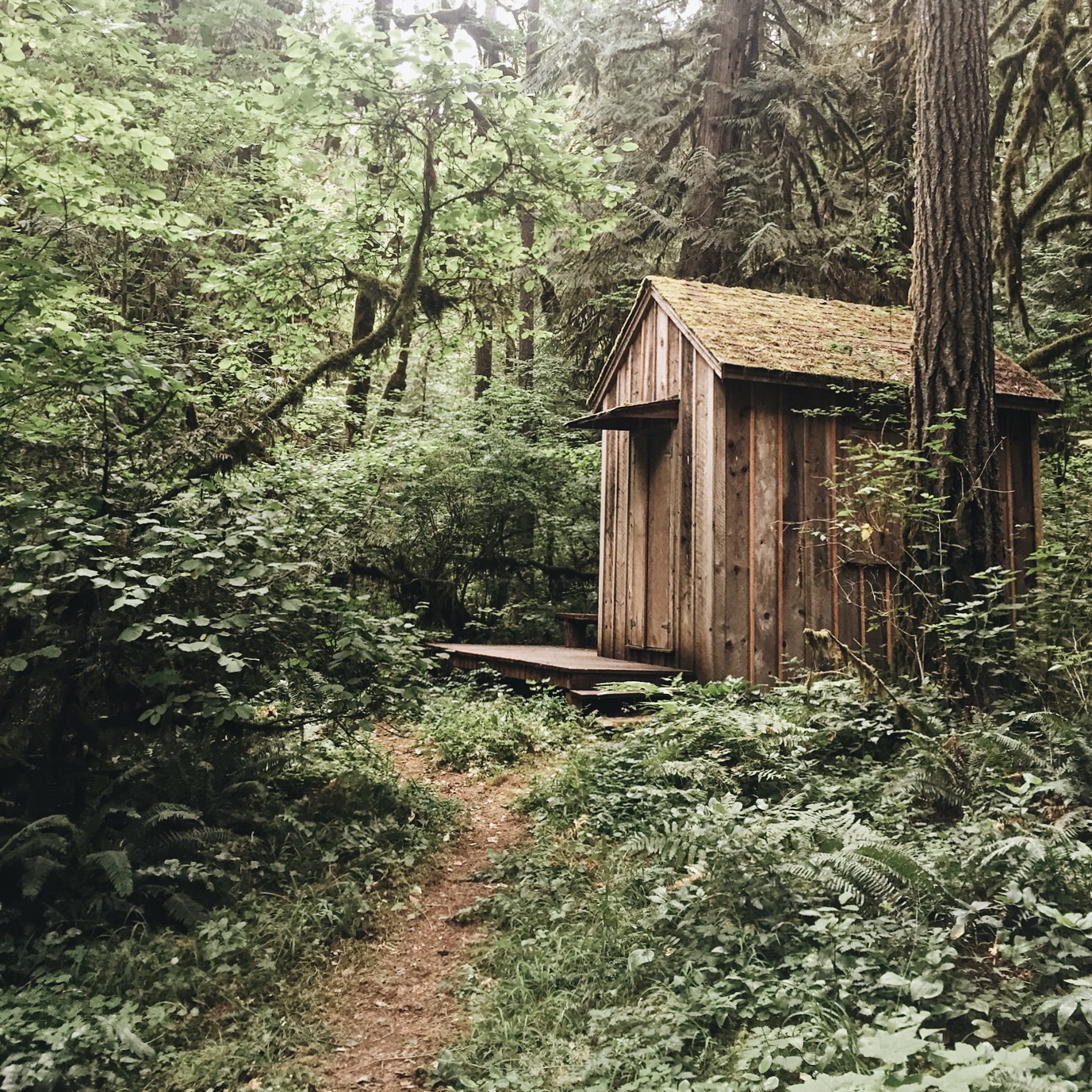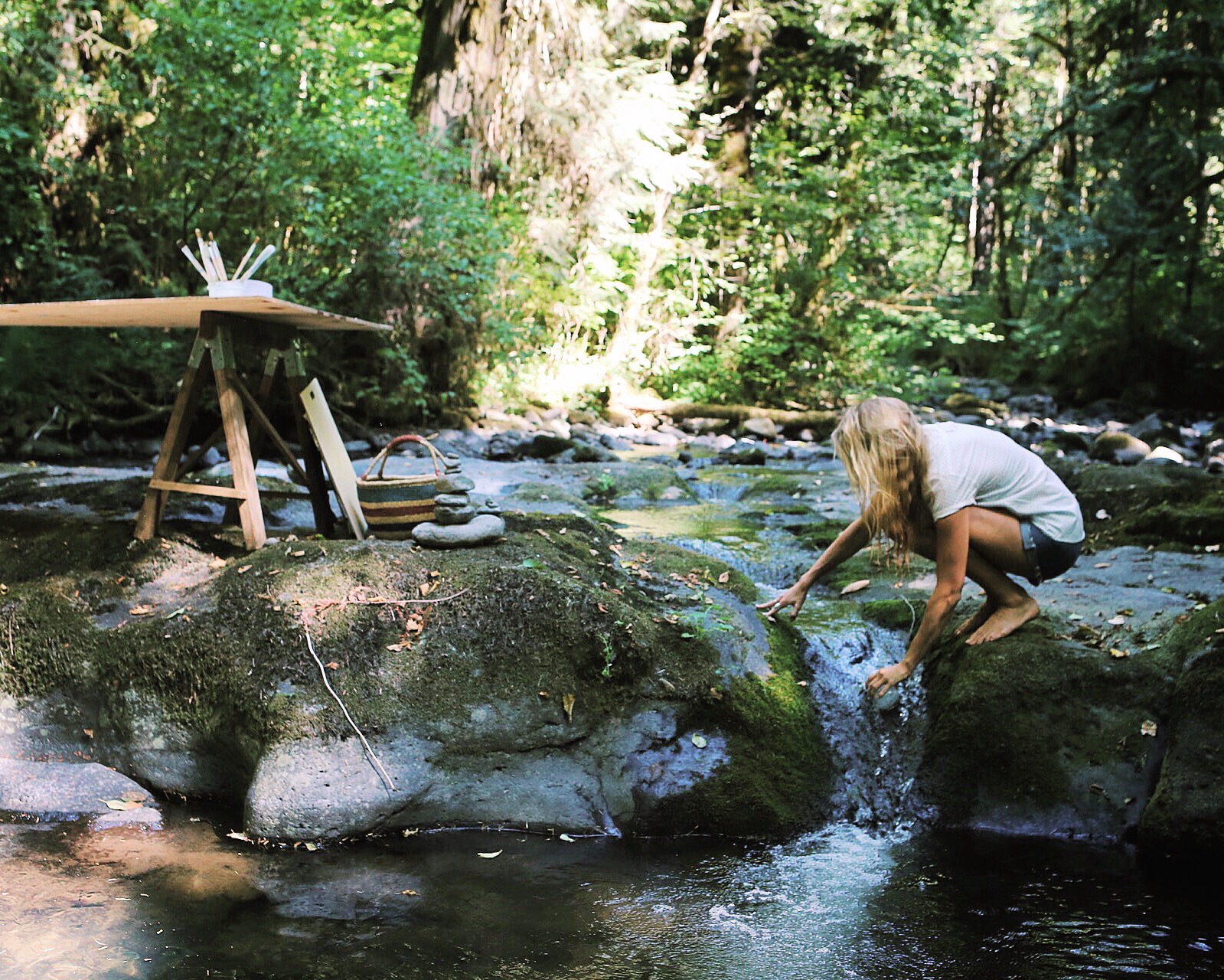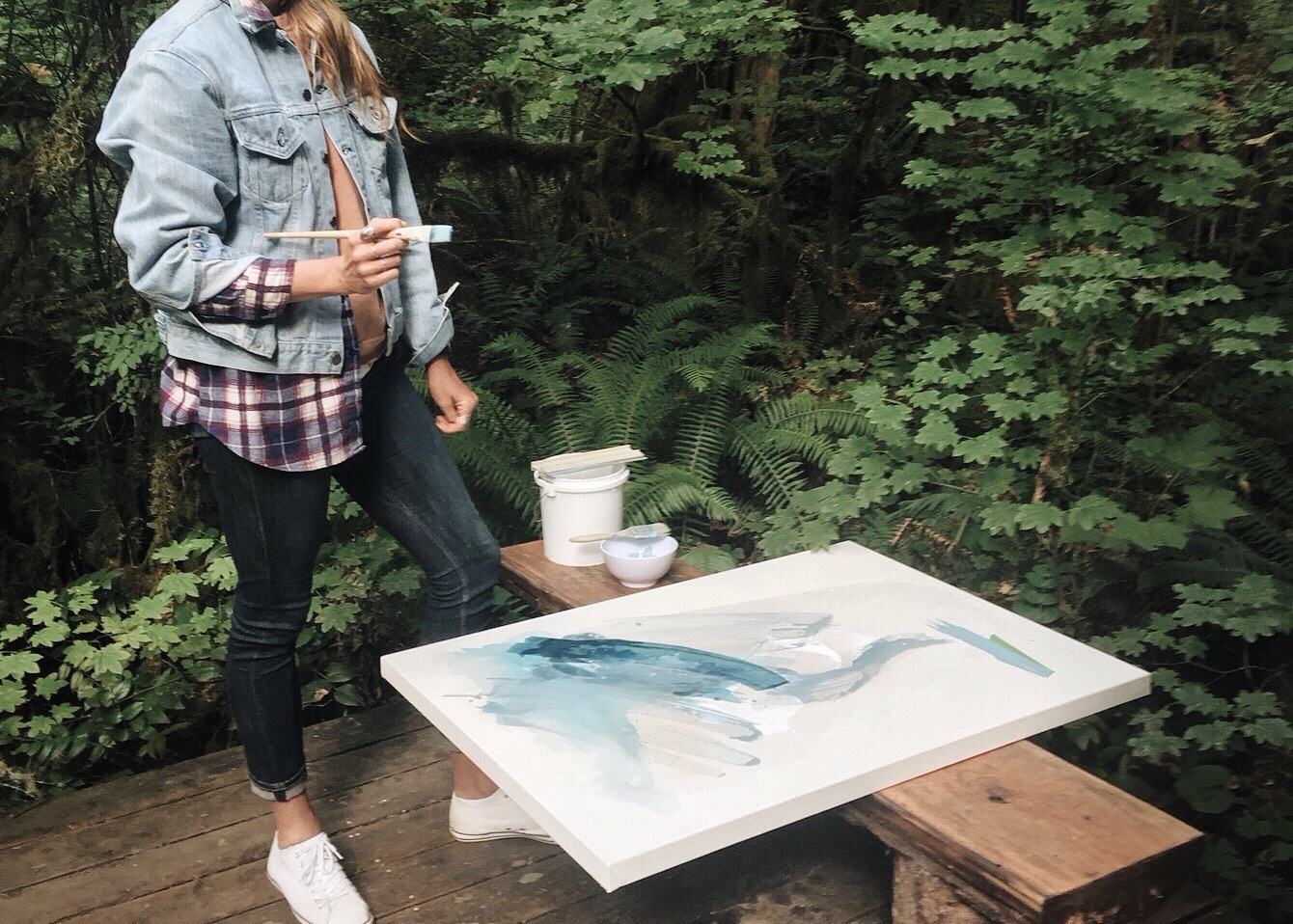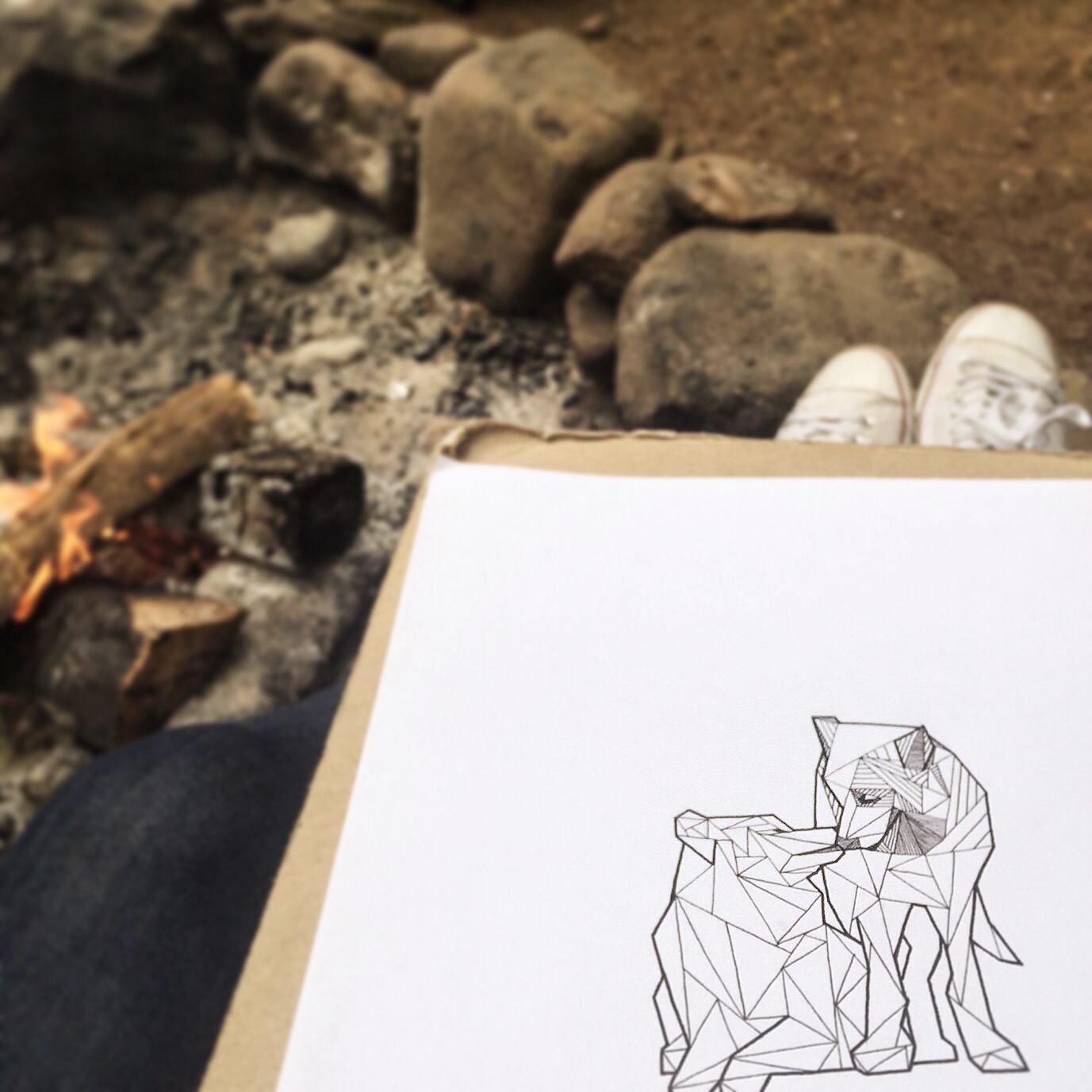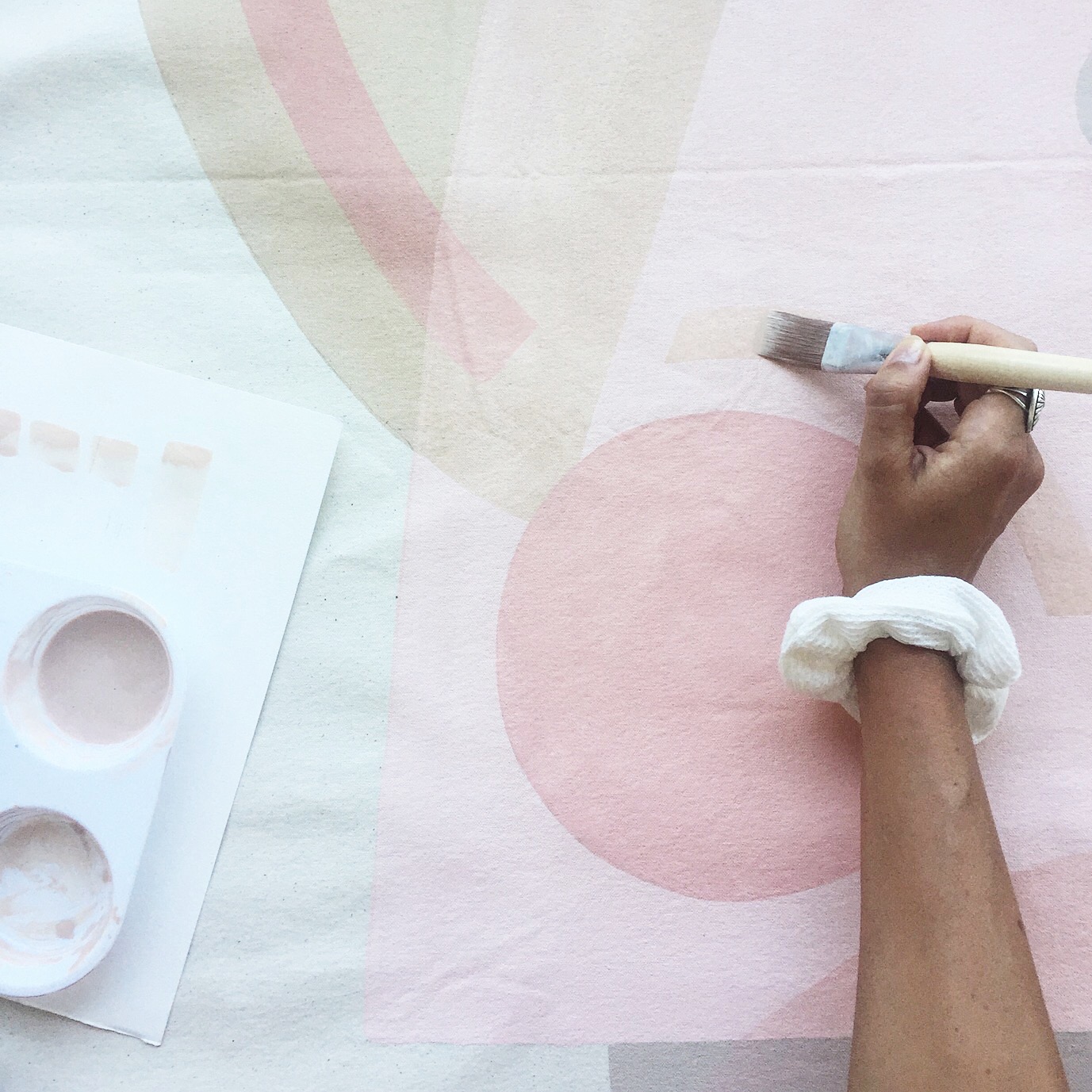DIY RESIDENCIES
design your own creative sabbatical
May 1, 2017
In my early twenties I dated a guy that I really liked. We both had busy schedules and didn’t get to spend as much time together as I wanted. I was really concerned with playing it cool, and since he seemed content with the relationship as it was, I kept my desire for more to myself. I held my tongue. I went with the flow. After a few months of feeling unfulfilled, I finally got up the courage to complain about the distant dynamic. I was shocked to hear that the whole time he was taking cues from me and rolling with the punches. Fear prevented me from being honest about what I wanted and creating the experience I desired. Can anyone relate?
I’ve had this fear of asking for what I want for most of my life. Even though it’s pretty common, it’s a silly fear, because it turns out it’s pretty tough to get anything that you’re not willing to ask for. I’ve been paying attention to where I’m hesitant to speak up about what I desire, and in most cases it comes back around to a fear of rejection, affirming this persistent sense of not being enough. I recently called bullshit on that not-enough-thing as it relates to a specific area of my career: residencies.
A few years ago, I realized that I was completely avoiding the process of applying for artist residency programs. I was making up stories about what it would mean about me and my work if I was denied, and I was letting my fear of rejection prevent me from even applying. I'm not sure how I ever expected to get a Yes back on an application that was never sent, but I started to understand more clearly that every time I let fear stop me from trying, I was automatically living inside the No. I’ve got this pattern of waiting to be chosen (think little league, and early dating) and it’s one that I’ve worked really hard to deconstruct in recent years, but here I was letting that same pattern mess with my creative process.
I know that real validation can only come from me, which I’m getting better at recognizing everyday—it’s a feeling of being on fire, being inspired, and clear, and brave, and producing work that I’m really proud of. Work that challenges me. Work that reveals a greater piece of myself. Work that teaches me something. Looking at it head on and firming up my beliefs about my work allowed me to finally start applying.
But let me let you in on a little secret: I've still yet to be accepted into a single residency program with a juried application. This is a little embarrassing to admit. It feels like a tiny failure, evidence of a deeper fear that haunts me daily as an artist: the fear that the real art world doesn’t accept me, and may never. It’s a feeling of not belonging, not being enough. But right now I’m feeling like the Silver Lining Queen. I’m spending a lot of energy refining my perception and adjusting the lens that I see things through. When there seems to be a block in the path in front of me, I try to spend less time looking at the problem and more time considering how the block may actually be an opportunity.
So I decided to see if I could find a different way to get the experience I wanted out of a residency: space to live, space to work, and an environment that both challenges and supports me. I started by talking about my intention to anyone who would listen. You never know who in your community has a summer home by the water, or a friend with an underused warehouse who’s a known supporter of the arts. Most of my opportunities have come about organically and have surfaced in totally unexpected ways. But there’s something powerful about making a list of places you’d like to explore, and finding someone to partner with to make it happen.
HOW TO ASK
Once you’ve found somewhere that you’d like to spend some time and determined that there’s appropriate space for you to post up and work, toss out a simple line asking for what it is that you want. It can be scary but just take a deep breath, hold your nose, and hit send. Maybe it’s just studio space for a couple weeks. Maybe it’s room and board. Keep the request simple, and explain exactly what it is that you’re willing to offer in exchange. This type of arrangement works great as a barter, and using your creativity as non-traditional currency is a really smart and empowering move. Send an example or two of your work along with your basic value proposition and a link to your website to see if they want something you’ve got to offer.
HOW TO PREPARE
There’s as much benefit in traveling with a particular project in mind as there is in going sans-agenda and simply responding to your environment. I’ve done it both ways, and loved the different challenges that each provides. Regardless, I suggest traveling light. Pick a set of materials that give you enough to play around with, but restricts you enough to reap the benefits of constraint.
For me, such a large part of the reason that I seek out residencies is to give myself the space to explore something new. Stepping into a brand new environment is a really effective tool for me to get weird and make a stylistic 180. I equate it to the magic of traveling alone. Each time you introduce yourself to a stranger, you’ve got an opportunity to present yourself however you like. Something about being anonymous in a new place gives me room to reconsider what parts of myself are my favorites, and which I want to lead with. A familiar place comes with familiar people and all the history you share together, creating a certain set of expectations for who you are. The same applies to my art. When I’m at home in my studio. I’ve got all sorts of habits and patterns that I’m comfortable within, and sometimes it takes leaving that physical place to be able to shift into something different.
Prepare yourself for the challenges of a new workspace. Prepare yourself for challenges with a new schedule and environment. Prepare yourself for unexpected curveballs and treat them all as gifts to enhance your practice.
A couple summers ago I spent a month isolated in the woods of Oregon in a tiny no-frills cabin without electricity, heat, or window panes. I experienced a great deal of resistance in the early days of the residency. Frustrated, constricted, uninspired, and anxious, I decided to do some journaling to try to get to the root of my resistance: fear of not being accepted and appreciated when I reveal my truest self. A poem by Nayyirah Waheed came to mind and served as the inspiration to get out of the fear, and back into action:
“When you are struggling
In your
Writing
It usually means
You are hearing one thing
But writing another”
This hit so hard. I had found myself in a loop producing work that was safe and sure to be validated. But it wasn’t coming from the richest parts of me. It wasn’t rooted in truth for me. I decided that I’d do my best to paint what I was actually hearing from within. I made marks that documented the process of asking myself what is real and true for me in the moment. I made marks that served as the answers, too. Pretty soon I had a series of studies that archived the process of me, appreciating exactly where I was at. The marks were very different from my previous work, which made so much room for me to expand into a different type of creator than I had ever let myself be in the past.
CREATIVE ALTERNATIVES
If you’re unable to find some place to explore an extended stay, consider a mico-residency over a shorter period of time. Maybe that means finding a friend who’s interested in something similar and house swapping for the weekend. Or maybe you pack up some minimal materials and take them camping. The point is to put yourself someplace new, and give yourself permission to try something different. Re-introduce yourself to your work. Make a fresh creative first impression. Not for anybody but yourself. Everything else will follow.
Edited by Hanne Steen





